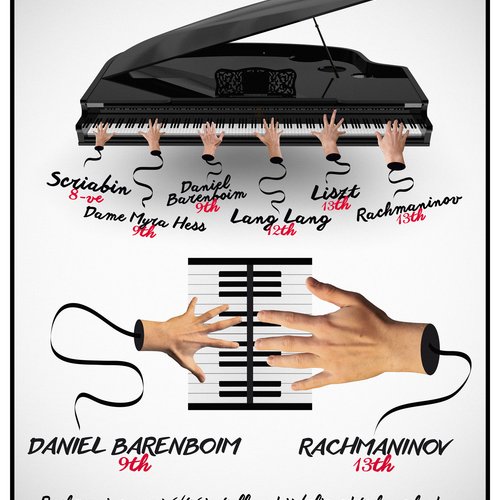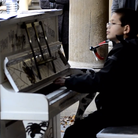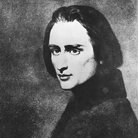Liszt's Piano Music: Where To Start
Are you a beginner when it comes to Franz Liszt's piano music? Why not take a look at our guide - it'll show you where to start, what to look out for and what to listen to next.
Few composers have quite such a strong connection to a single instrument as Liszt does to the piano. Behind Chopin, he's probably the most notable piano composer in history (although that's a hotly contested accolade), with all manner of concertos, etudes, sonatas and transcriptions to his name. Some of it's exciting, some of it uses Liszt's incredible virtuosity to full effect, and some of it is breathtakingly beautiful. But where's the best place to start?
Solo Piano
Well, it's good to start with a laugh, so we've got two versions of Liszt's Hungarian Rhapsody No. 2 to kick off with. The first plays it completely straight - listen to how the painstaking and stately first section finally gives way to the joyous final section. This particular section is famous for appearing in a number of cartoons (Tom and Jerry famously had one of their madcap squabbles with this as a soundtrack), which is unsurprising given how quickly the piece changes mood.
The second version of this piece, though, comes from comedian Victor Borge. As you can see, the piece lends itself naturally to comedy and larking about.
Obviously Liszt didn't spend all his time composing music for laughs though. Quite the opposite, in fact. His suite entitled 'Années de pèlerinage' (Years of Pilgrimage) runs the whole gamut from virtuosic fireworks to painfully emotive slow passages and most things in-between.
The work is divided into three separate sections, each one detailing a year in a different country (but thankfully not lasting as long), so Liszt gets the opportunity to show off just how expressive a composer he could be. Listen to Wilhelm Kempff playing the first section below:
The Concertos
So, that's the solo piano works done for now - it's time to move on to the concertos! Two mammoth monuments in the modern piano repertoire, they've stood the test of time not only because they're a huge technical challenge to perform, but because they're chock-full of gorgeous melodies and exciting flourishes.
Unbelievably, the Piano Concerto No. 1 took Liszt a full 26 years to compose. He wasn't beavering away at it constantly, but sketches for the main themes were found in his notebooks as far back as 1830 - the premiere performance was in 1855 with Liszt himself at the piano. Have a look at this absolutely thunderous performance by Martha Argerich to get an idea of what range Liszt was capable of coaxing from the piano:
The second piano concerto (this time in A major) didn't take 26 years to complete, but it was hardly a lightning-fast process. Again, Liszt wrote sketches for some of the themes and then put them away again for a whole decade before incorporating them into his concerto. It's worth bearing in mind that Liszt was also something of a touring rock star of the 19th century and, by this point, his skill on the piano was generally thought to be unsurpassed. See just how tricky the second concerto is by watching Mikhail Pletnev giving it a good thrashing.













